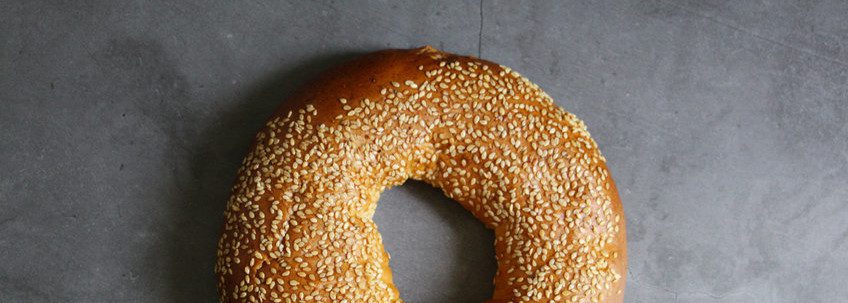
Sometimes, things just need a little…boost. If you’re looking for ways to make your bread product’s taste, crumb color or aroma pop, look into non-diastatic malt. It is extracted from barley using the following steps:
- Sprouting (malting)
- Germination
- Kilned/roasting
- Milling
How is it different than regular malt? It comes down to the enzyme content or activity. Because the malt is kilned, this stops the enzymatic activity. Because it’s high in maltose (a reducing sugar), it adds in flavor and crust color. It also acts as food for the yeast.
Baking tips
Non-diastatic malts for baking applications are available commercially in a variety of forms, including flour, extract and syrup. A few uses include:
- Bagels
- Breads
- Crackers
- Sweetener
Suggested usage levels of non-diastatic malt in yeast-leavened bakery products:
| Product | Baker’s % | Dough System | NDM form | Comments |
| 100% whole wheat bread | 2 | Straight Dough | Syrup | Table sugar also added |
| Challah | 0.6 | Straight Dough | Syrup | Table sugar also added |
| Milk Bread | 1 | Straight Dough | Syrup | Table sugar also added |
| American Rye Bread and Rolls | 2.5 | Straight Dough | Syrup | Either use molasses or non-diastatic malt syrupTable sugar not included |
| French Bread | 1 | Pre-ferment (Poolish) | Syrup | Table sugar not includedNon-diastatic malt syrup added at pre-ferment side |
| White Pan Bread | 0.5 | Sponge and Dough | Syrup | Table sugar also added at dough sideNon-diastatic malt added at sponge side |
| Vienna Bread | 1 | Straight Dough | Syrup | Table sugar also added |
| Italian White Pan Bread | 0.5 | Straight Dough | Syrup | Table sugar not included |

